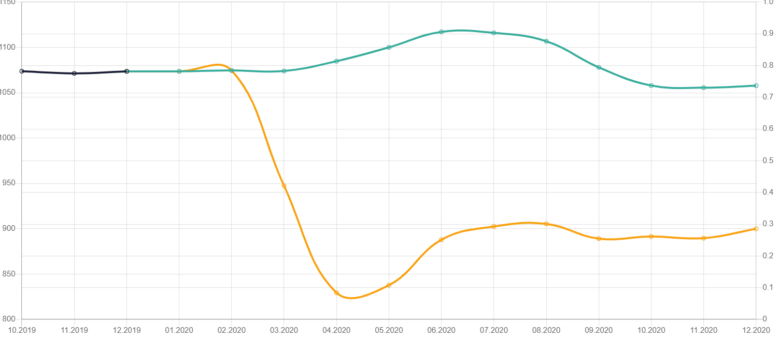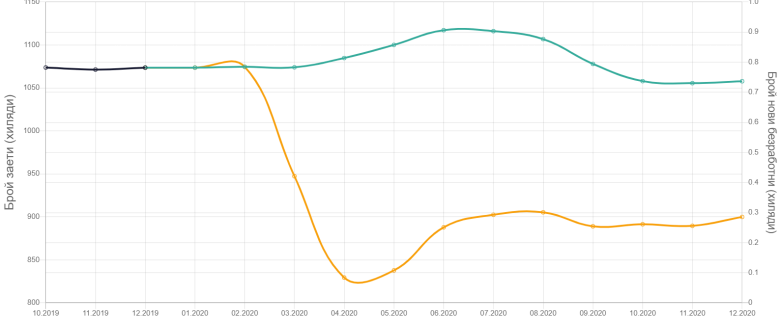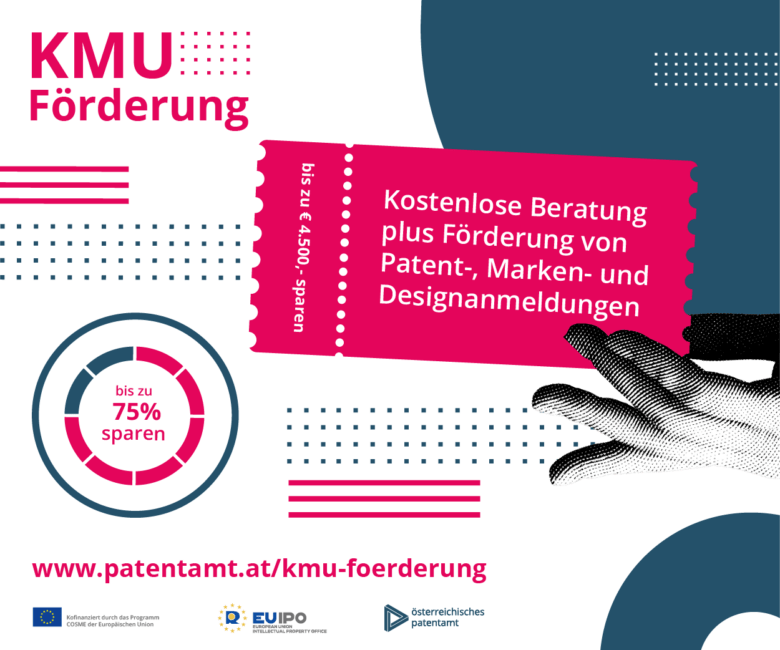Bulgarian Big Data Institute GATE Introduces Its Second Big Project: An Economic Forecasting Platform To Help Government & Businesses With COVID-19 Recovery Strategy

The coronavirus outbreak has brought a lot of uncertainty on almost every level – individual, firm, and societal. The state of emergency in Bulgaria may be over now but we are still discovering what’s the new normal. The road to economic recovery of many sectors is still unclear and most decision-makers are hesitant to plan for the long term. Surely, we don’t know enough yet to make bold predictions about the future. And more big changes in how business is done are likely to happen. However, the local market had a certain trajectory before the crisis and today we have two months of ‘crisis data’. So, can we do anything with it? With new knowledge and new policies coming more often than at any time in recent years, can we really make reliable data-driven decisions about the future of the Bulgarian economy?
Back in September 2019, a new institute for applied big data research started operations in Sofia – GATE. Coordinated by professor Silvia Ilieva from SU “St. Kliment Ohridski” and funded by the EU’s Horizon 2020 program, it stated ambitious goals for the development of the local data and AI ecosystem. GATE recently announced that it has started the development of a Digital Twin platform for a district in Sofia – a digital 3D replica of all objects that form the city’s fabric. Ultimately, this should enable visualizations and simulations of different scenarios in urban planning, infrastructure development, energy performance, and the transportation of people and goods.
While we are waiting for the digital twin to come to life, GATE launched the first version of COVID-19 Activity Tracker (CAT), a platform that has already started producing forecasts about the state of the Bulgarian economy by the end of 2020. Given the current market dynamics, it’s estimated that because of the coronavirus situation over 157k people will be left without employment by December. In addition, Bulgaria’s GDP is expected to fall by about €3.3b (7% down).

Forecasting in turbulent times
Good forecasts rely on good data, so our first question was about the raw information sources behind CAT’s predictions. “We mainly use public data, and we are negotiating the provision of such in a more frequent manner than the usual monthly basis – so that the charts are up-to-date and not a month late. Sources include the National Employment Agency (NEA), National Statistical Institute (NSI), Bulgarian National Bank (BNB), Ministry of Health, and National Revenue Agency (NRA)”, tells us prof. Ilieva.
The CAT platform is being developed with an interdisciplinary team that features a number of well-known Bulgarian economists – assoc. prof. Dr. Krasen Stanchev from Sofia University, who is also a Chairman of the Board of the Institute for Market Economics (IME), Dr. Krassimir Lakov, and Dr. Evgeni Raykov from the University of National and World Economy (UNWE).
After the original data has been cleaned and processed and expert industry analysis – done, a methodology based on the contributions of Nobel laureates (Kuznets, Hayek, Smith and Phelps) is used. Such forecast methods are also utilized by Eurostat and OECD.
“In short, we step on two pillars: at the micro level – employment and unemployment (daily and weekly data), and at the macro – Gross Value Added (GVA), because it is known for one employee (respectively lost GVA due to unemployment) and because it can provide a link to the meso level, for example, the picture for the individual industries,” shares Ilieva.
“Historical data gives us an idea of the normal indicator behaviors. Based on their change for the past two months (March and April), we received the first adjustments and accordingly presented their “abnormal” behavior by the end of 2020 (assuming nothing changes). The first three weeks of May confirmed our forecast to almost a decimal place. Frequent updates are important to deal with the frequently changing times,” continues Ilieva.
The current status
The first topic explored by GATE’s CAT platform is unemployment with data from the 16 most-affected sectors being analyzed. Currently, the situation for the end of 2020 is: doubling of unemployment, falling GDP of more than 7%, and negative fiscal effect of over 1 billion euros.
During its introductory phase, the goal for the platform is to give a snapshot of the state of the economy – overall and by industry – in order to guide the government and the public in the situation.
“We are planning to make updates and adjustments twice a week – in accordance with the timely provision of more detailed data from our sources. From June we expect to have direct feedback from individual industries. Step by step, we will publish forecasts for all 16 most affected industries,” says Ilieva.
The second phase of development of the CAT platform will see the implementation of scenario planning – the simulation of various measures or policies and their potential impact on unemployment and gross value added. Before that happens, GATE would need more data and finalized partnerships with decision-makers.
Then, the CAT platform can become a much more powerful tool – for example, it could be used to predict how much money will be needed as unemployment benefits by month and by industry. Accordingly, if a test data from a planned measure is added – policymakers will be able to see how the forecast will change.
“Earlier this month we had a meeting with Minister Sacheva and her team from the Ministry of Labor and Social Policy. They were interested in breaking down the forecasts not only by industry but also by regions – what we can do here is yet to be clarified. In the meantime, they will assist with the timely submission of more detailed summary data. For the time being, we plan to focus on the most affected sectors – tourism, transport, and retail. In the long term, we hope that the platform will be a useful tool for decision-makers even after the end of the crisis”, concludes Ilieva.




























